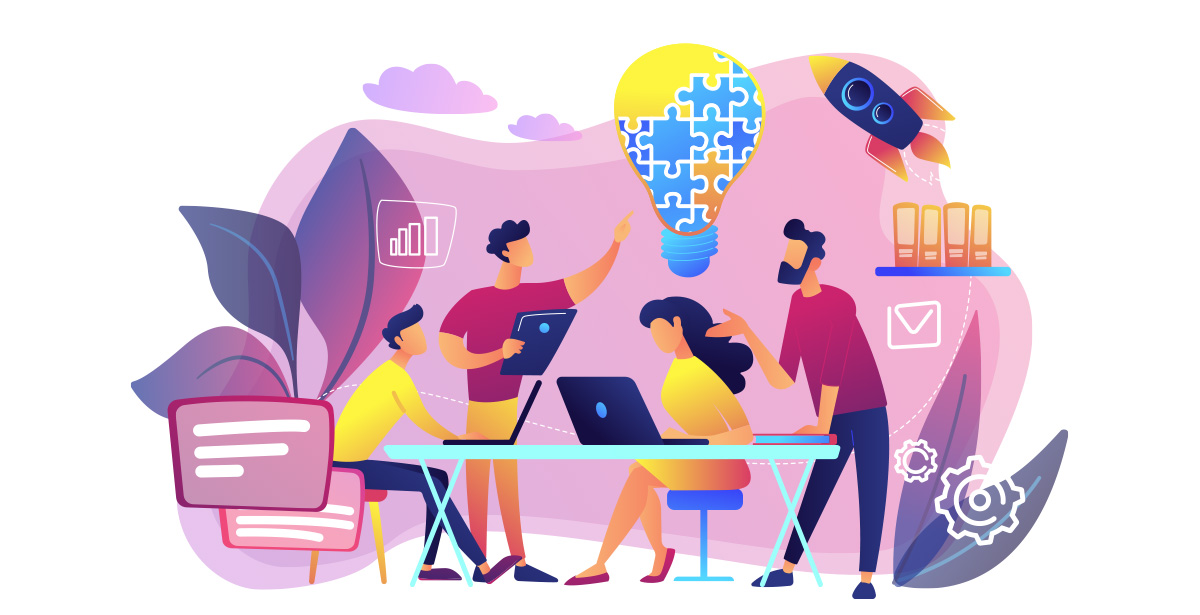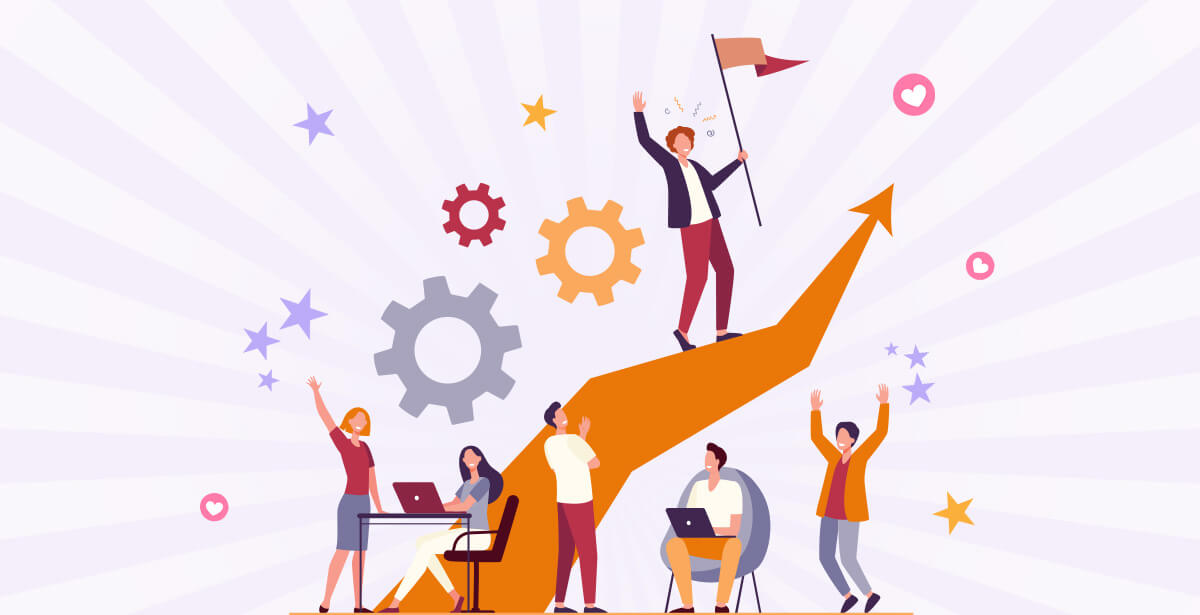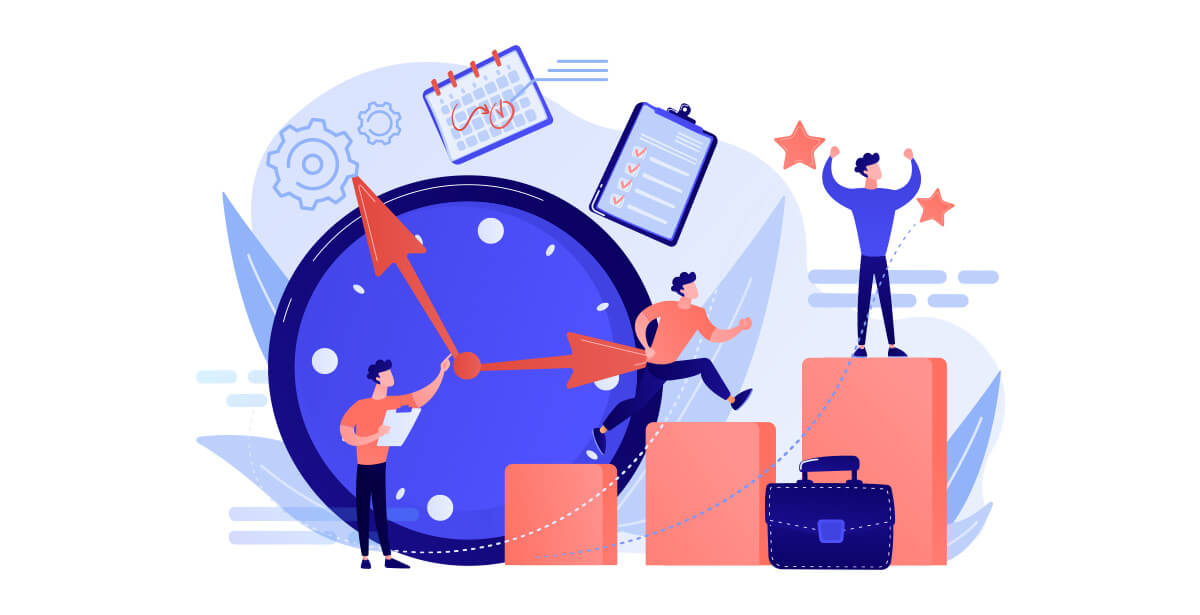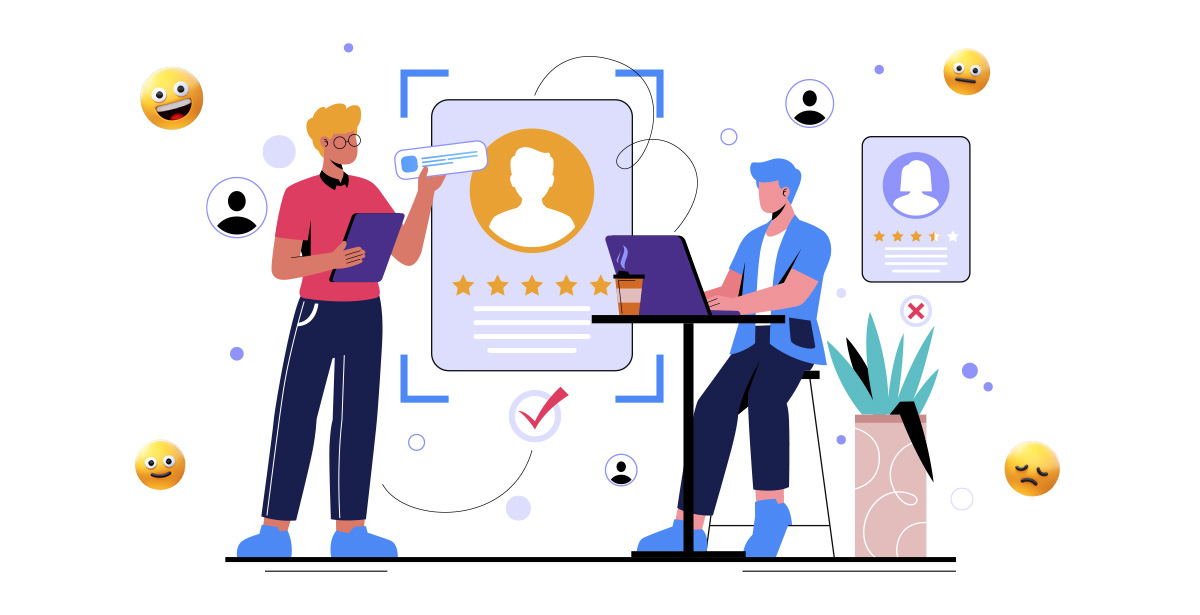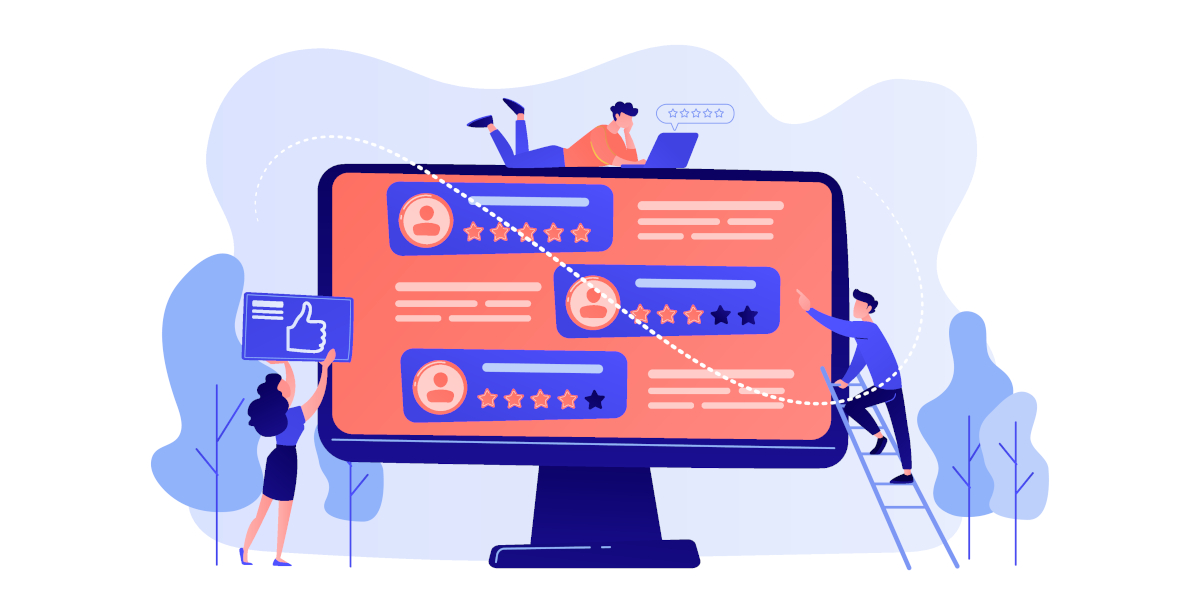From startup to megacorporation, employee engagement software has become a necessity to keep up with workplace engagement. This is especially true of businesses with hybrid work models and remote employees. The modern workplace requires modern solutions.
To remain enthusiastic about their jobs, employees need to be engaged with as well. So, it’s not enough to promise that their voices will be heard and contributions will be noticed once a year. That’s why annual reviews and surveys fall short where software succeeds.
Software puts the spotlight on your workers every single day.
What is Employee Engagement Software?
Employee engagement software is a platform that helps businesses manage, support, and evaluate their staff. Through a wide range of tools, it aims to encourage feedback, streamline administrative busywork, and improve overall engagement.
That means you can say goodbye to stacks of paperwork and chasing down employees during appraisal season.
You can even make recognition, reward, and morale a regular part of the workday. The right platform will transform the way you and your employees think about work.
Benefits of Automating Employee Engagement Initiatives
More than simply measuring engagement, employee engagement platforms make your work environment a place where people feel connected and empowered.
These are just four of the many ways your people management strategy will improve with automated employee engagement.
Enables Timely Feedback
Annual appraisals alone aren’t cutting it anymore. According to Corporate Executive Board, 77% of HR executives don’t even think performance reviews accurately represent the people they’re about.
A continuous feedback loop ensures employees always know how their job performance is adding up. And this process couldn’t be easier with a platform that tracks the feedback they’ve received.
Increases Transparency
Employee engagement software gives employees a space to speak up about concerns – and it prompts managers to show them that their voices are heard. Open, 360-degree feedback keeps leaders as accountable as employees, encouraging transparency and trust.
Improves Productivity
When HR is constantly monitoring engagement through software, they can meet employees’ demands quickly and compassionately.
The more engaged your employees are, the more invested they’ll be in their work and the company’s goals. That’s why a loyal workforce is a productive workforce.
Builds Workplace Rituals
It’s easy for company culture to fall by the wayside when it isn’t constantly enforced. Even if you have a few role model employees, putting them on a pedestal may only disengage employees who fall short.
Software isn’t a helicopter boss hounding you for results, it’s simply automated. Reminders and quotas ensure that engagement initiatives become workplace rituals, which in turn nurtures teamwork and collaboration.
Top 5 Features to Look For in Employee Engagement Software
No two employee engagement apps are the same, so it’s important to consider what will work best for your business.
Here are the five most common features you’ll find on the market and what they can do for you.
1) Feedback Systems
Feedback is the secret sauce of a healthy workplace, and employees are hungry for it. They even welcome negative feedback when it’s delivered well. It’s the key to career development and helps employees figure out exactly how they can improve.
Every employee engagement platform worth its salt has feedback channels to take advantage of that. They not only give employees direction for growth but also allow managers to stay on top of workplace satisfaction.
You can expect the following benefits from feedback features –
- Meaningful Feedback – Handy templates, categories, and rating systems ensure that feedback is as specific and actionable as possible.
- Psychological Safety – Anonymous mode gives employees the freedom to go incognito if they’re worried about incurring bias or repercussions.
- Feedback Culture – Feedback quotas and reminders keep the wheel turning, making feedback an important part of team KPIs.
2) Recognition and Reward
Every employee wants to know they’re making a difference in their organization. In fact, 90% of employees agree that recognition for their hard work inspires them to work even harder.
Celebrating employee achievements is a surefire way to raise morale in your workplace. Employee engagement software allows you to give credit where credit’s due with ranking systems and newsfeeds.
But the best incentive is reward. Gamifying milestones with points that can be cashed in for real prizes adds a fresh, fun spin on the daily grind.
These features have wide-reaching impacts for your bottom line –
- Friendly Competition – Leaderboards fuel the natural human desire to win, without punishing anyone for coming last.
- High-Performing Workforce – When motivated by reward and recognition, employees push their performance to the limit.
- Lower Turnover – Engaged, high-morale employees are less likely to leave your company in search of more fulfilling work (and more appreciative colleagues).
3) Data Analytics and Insights
The best employee engagement software consolidates employee data and feedback into AI-powered reports. Through concise graphs, charts, and insights, they show the big picture impacts of the data on your organizational goals.
Managers can use these reports to understand performance trajectory, engagement metrics, and team dynamics. This enables them to make informed decisions about your employee engagement strategies.
Life’s simpler with automation, as evidenced by these benefits –
- Data-Driven Decisions – When company-wide data is readily available, there’s no need for guesswork on when and how to make changes.
- Less Paperwork – Automating analytics takes some of the pressure off your HR team, saving on time and resources.
- Responsive Support – Real-time insights eliminate delays in identifying and dealing with issues, allowing managers to be responsive to their team’s needs.
4) Integration Capabilities
Your employee engagement platform shouldn’t require you to throw out the systems that have been working for you. Seamless integration capabilities give you the freedom to synchronize and export data from one software to another.
So, make sure your employee engagement solution will play nice with all the other apps in your toolbox. That counts double for your HR management tool, which can benefit from the data your employee engagement software collects.
Spare yourself some time and frustration with these perks –
- Easier Transition – Reduce the learning curve for your HR team by choosing an app that works with programs they already know.
- Personalized Experience – Mix and match engagement, communication, productivity, HRM, and performance management tools to fully customize your system.
- Up-to-Date Information – Automatic data transfer takes administrative chores off your plate that HR would otherwise have to do manually.
5) Goal-Setting
While many employee engagement apps include goal-setting functions, it’s important to note that these are specifically aspects of performance management. But setting goals is an essential part of team cohesion that goes hand in hand with engagement.
Planning and achieving OKRs and KPIs is even more collaborative with integrated feedback and recognition.
These tools are perfect for the following –
- Progress-Tracking – Keep everyone on the same page when it comes to team progress, objectives, and expectations.
- Motivation – With just a few clicks, use recognition features to celebrate teammates’ successes and give feedback on exceptional or underwhelming performance.
- Growth and Development – Beyond immediate goals, engage with your employees’ futures by giving them a platform to set up career path goals.
Like What You’re Hearing?
If you’re looking for the perfect software for employee engagement in your company, you’ve found it.
Experience engagement, productivity, growth, and feedback all in one easy-to-use app. With nGAGE powering your business, you can supercharge your workflow and build a loyal, open company culture.
Check out our free demo for a taste of what you can do with nGAGE at the helm!
